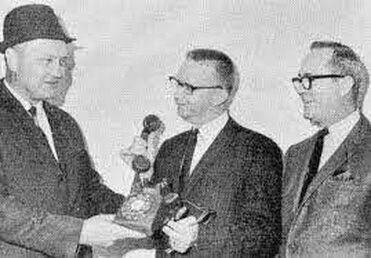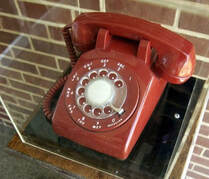
According to NENA The 9-1-1 Association, “The three-digit telephone number ‘9-1-1’ has been designated as the ‘Universal Emergency Number,’ for citizens throughout the United States to request emergency assistance.” An emergency telephone number was first proposed in 1957 when the National Association of Fire Chiefs recommended action being taken. In 1967, the President's Commission on Law Enforcement and Administration of Justice recommended that a single, universal phone number should be established across the country for reporting emergencies.
“The code 9-1-1 was chosen because it best fit the needs of all parties involved…It met public requirements because it is brief, easily remembered, and can be dialed quickly…and it is a unique number, never having been authorized as an office code, area code, or service code, it best met the long range numbering plans and switching configurations of the telephone industry” states the NENA website.
The 9-1-1 Association examines the importance of the 9-1-1 telephone number on their website. “The intense interest in the concept of 9-1-1 can be attributed primarily to the recognition of characteristics of modern society, i.e., increased incidences of crimes, accidents, and medical emergencies, inadequacy of existing emergency reporting methods, and the continued growth and mobility of the population.”
 The bright-red phone used to conduct the first 9-1-1 call. (Courtesy City of Haleyville)
The bright-red phone used to conduct the first 9-1-1 call. (Courtesy City of Haleyville) According to the City of Haleyville website, the phone call was an attempt by the Alabama Telephone Company to be the first to implement the emergency telephone system, and it occurred a little more than a month after AT&T announced plans to implement a nationwide emergency number.
The Haleyville 9-1-1 system is still in operation today, the cheery red telephone used to answer the phone call is on display in the Haleyville City Hall, and the city will forever hold a place in the history of the telephone.
Learn more:
About the author

 RSS Feed
RSS Feed